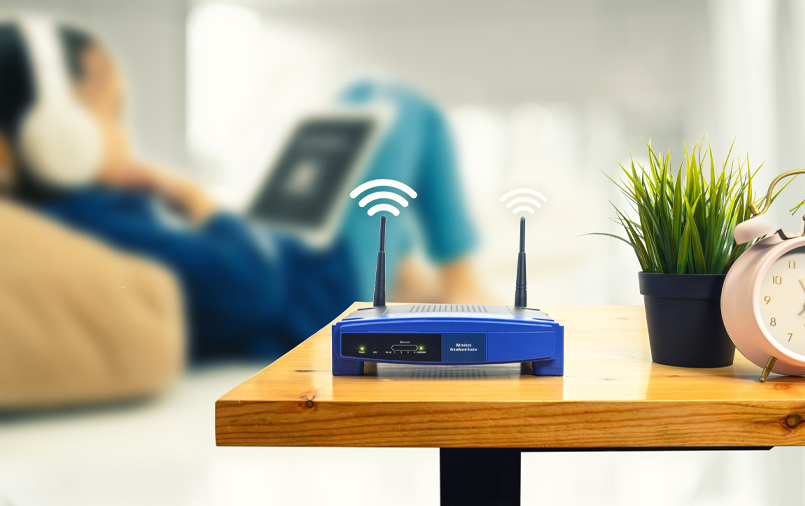- Wi-Fi 6 is faster than 802.11ac
- It's great for crowded areas with lots of devices, allowing you to connect more smart gadgets at higher speeds
- You need to invest in brand new Wi-Fi 6 capable gadgets to enjoy such speed and efficiency fully, however

Wi-Fi 6 is the current standard for Wi-Fi devices, also known as 802.11ax. It offers faster connections to more devices than Wi-Fi 5, but you'll need devices compatible with the technology to take real advantage of those improvements.
The differences between Wi-Fi 5 and Wi-Fi 6 are quite technical, but we will break down the key differences for you so you can decide whether you should invest in Wi-Fi 6 hardware.
What is Wi-Fi 6?
Wi-Fi 6 is the current wireless standard, faster than 802.11ac, operating on both the 2.4GHz and 5GHz bands. It's also known as 802.11ax and offers improved speed and performance in crowded areas.
While it was introduced in 2019, Wi-Fi 6-enabled devices first became available in 2020. Wi-Fi ax or 802.11ax devices promise even higher speeds, extended range, better battery life, and support for more devices.
As predicted, we’ve seen a surge in Wi-Fi-enabled devices, including thermostats, door locks, cars, virtual reality headsets, and augmented reality glasses, reflecting the growing need for wireless networking.
Wi-Fi 5 vs Wi-Fi 6: The differences
Faster speeds
Wi-Fi 6 brings faster speeds; up to 40% faster than Wi-Fi 5 for a single device. This means quicker downloads, smoother streaming, and better gaming. Wi-Fi 6 is also more efficient, handling multiple devices with ease.
Plus, it improves 2.4GHz networks, making them better at reaching through walls and reducing delays. Wi-Fi 6 boosts data speed by encoding information more efficiently, allowing more data to fit in the same signal. This leads to improved speeds on 2.4GHz networks, which are good at reaching through walls.
Improved battery life
Wi-Fi 6 brings longer battery life to devices like smartphones and laptops compared to Wi-Fi 5. With a new feature called TWT (target wake time), Wi-Fi 6 devices can conserve power by putting its Wi-Fi radios to sleep when not in use.
This means you might not need to recharge your device during the day, as it can last longer on a single charge. Even low-power devices will benefit from this improvement.
Better performance in a crowd
Wi-Fi can be unreliable in busy places like stadiums, airports, and crowded offices due to interference from multiple devices. This can cause slow downloads and streaming issues.
Wi-Fi 6 is designed to solve this problem by improving speed even in crowded areas. It can boost speeds by four times, making it ideal for homes with many users.
What does it mean for Wi-Fi consumers?
While Wi-Fi 5 users will still enjoy the current speeds, Wi-Fi 6 devices are set to impress with even faster speeds, especially in busy areas.
This advancement could be a game-changer for many industries worldwide and give online gamers an advantage. Wi-Fi 6 also promises to support more smart devices at higher speeds, but upgrading to Wi-Fi 6 gadgets will be necessary to take full advantage of these benefits.
If you're considering buying a new router with Wi-Fi 6 or upgrading from an older one, it's essential to understand the differences between the two standards before making a decision.
Best Home Wi-Fi Internet plans
Need help to find the right Home Wi-Fi plans? Call us at Compare Broadband and let our friendly experts get you connected. We’re ready to assist you in comparing Internet plans available in your area.



